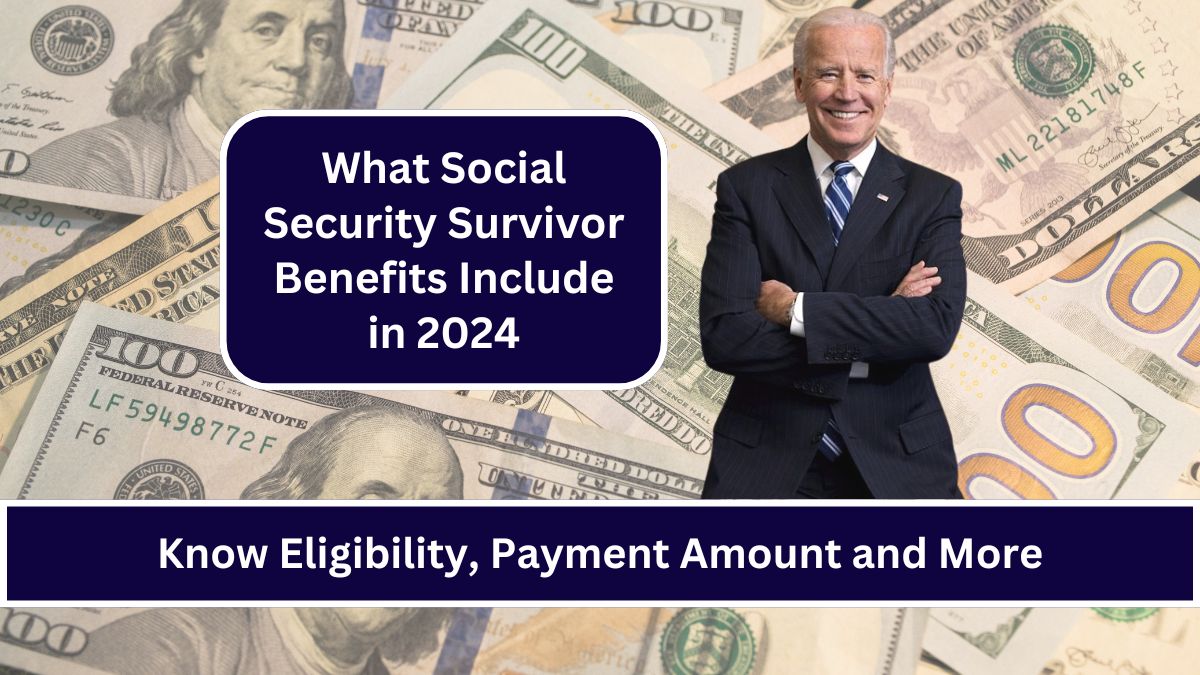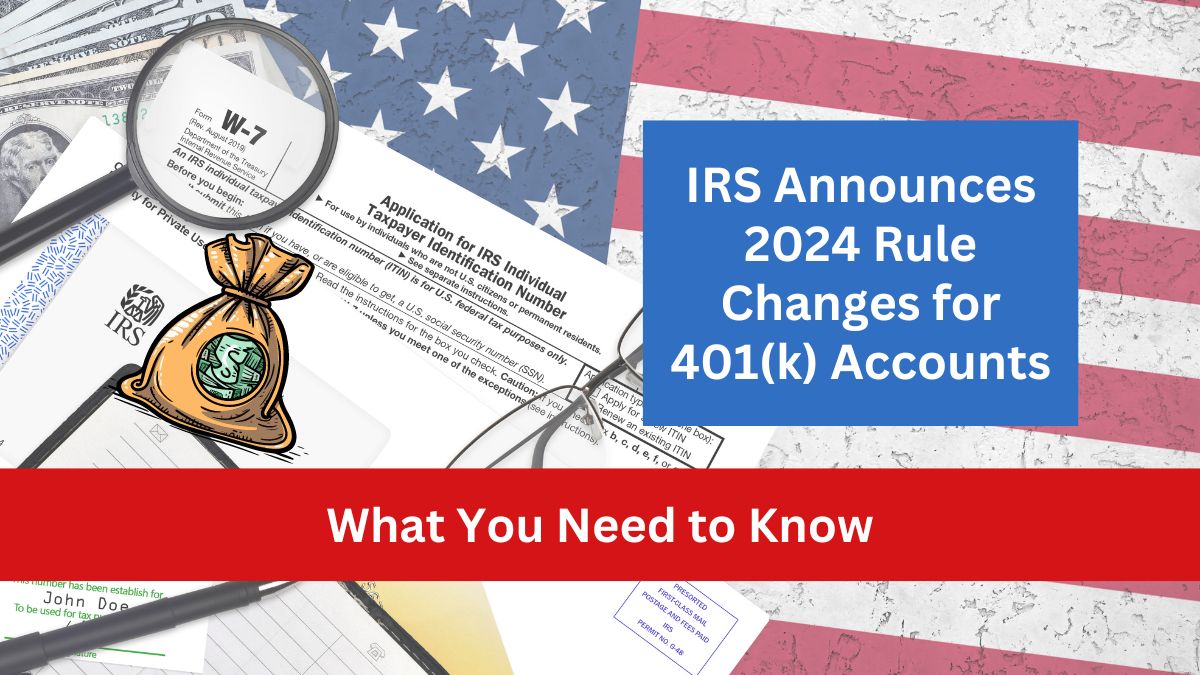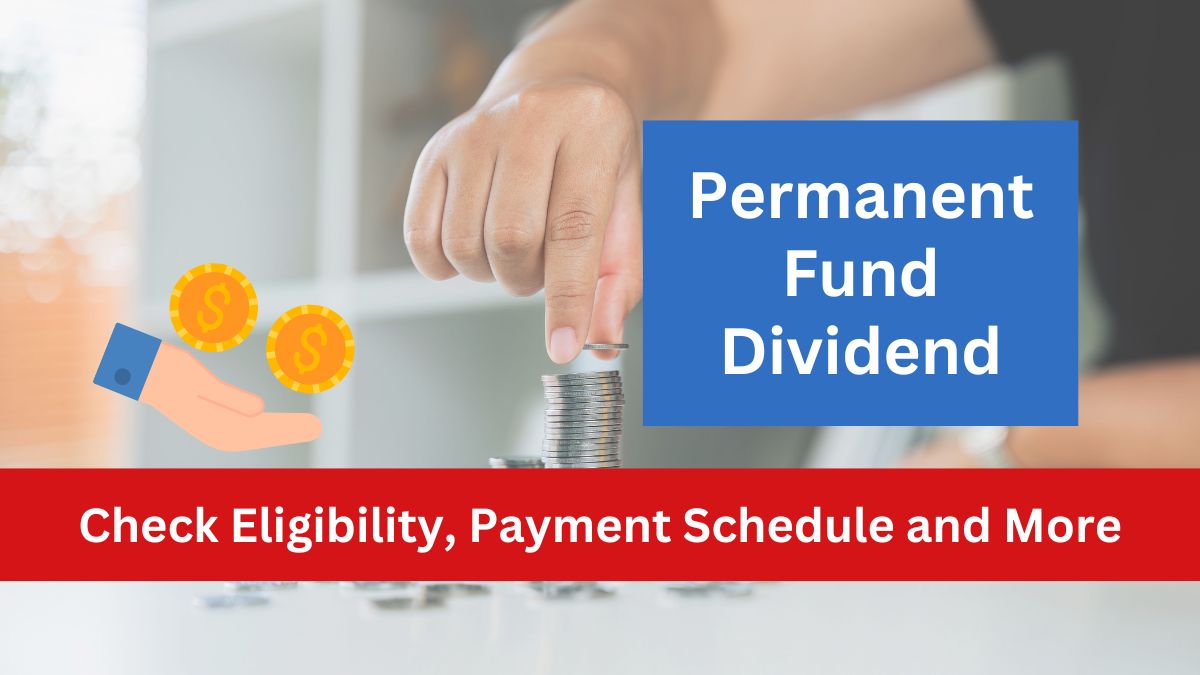Social Security Survivor Benefits provide critical financial support to families following the death of a loved one who has paid into the Social Security system.
In 2024, the program continues to be a vital resource for surviving spouses, children, and dependent parents, offering monthly payments based on the deceased worker’s earnings. This article provides a comprehensive overview of what these benefits include, who is eligible, and how to apply.
What Are Social Security Survivor Benefits?

Survivor benefits are monthly payments made to eligible family members of a deceased worker who had sufficient work credits under Social Security.
These benefits are designed to help ease the financial burden after the loss of a loved one and can be a lifeline for families, particularly those with limited income sources.
Who Is Eligible?
Eligibility for Social Security Survivor Benefits varies depending on the relationship to the deceased and specific circumstances. Generally, the following individuals may qualify:
- Widows and Widowers: A surviving spouse can start receiving benefits as early as age 60 (50 if disabled). If the spouse is caring for the deceased’s child who is under 16 or disabled, benefits can begin at any age.
- Divorced Spouses: If the marriage lasted at least 10 years, a divorced spouse may also be eligible for survivor benefits.
- Children: Unmarried children under 18 (or up to 19 if still in high school) and disabled children, regardless of age, may qualify.
- Dependent Parents: If a deceased worker was providing at least half of a parent’s support, that parent may be eligible for survivor benefits starting at age 62.
How Much Can You Receive?
The amount of Social Security Survivor benefits depends on the deceased’s earnings during their lifetime. Generally, the more they paid into Social Security, the higher the benefits. Here’s a breakdown of potential benefits:
| Beneficiary | Percentage of Deceased’s Benefits |
|---|---|
| Surviving spouse at full retirement age | 100% |
| Surviving spouse (age 60 to full retirement age) | 71.5% to 99% |
| Disabled surviving spouse (age 50 to 59) | 71.5% |
| Surviving spouse caring for child under 16 | 75% |
| Child (under 18 or disabled) | 75% |
In 2024, the average monthly benefit for a widowed mother with two children is approximately $3,000. However, individual amounts can vary widely depending on several factors.
How to Apply

Applying for Social Security survivor benefits requires contacting the Social Security Administration (SSA) either by phone or in person, as online applications are not accepted for survivor benefits.
You will need to provide several documents, including the deceased’s death certificate, Social Security numbers, proof of relationship, and birth certificates for children if applicable. It’s advisable to start the process as soon as possible after the death to avoid delays in receiving benefits.
Conclusion
Social Security Survivor Benefits in 2024 provide essential financial support to families after the loss of a loved one who contributed to the Social Security system.
Understanding eligibility, the application process, and the potential benefits can help families navigate this challenging time and secure the financial assistance they are entitled to.
Whether you are a surviving spouse, child, or dependent parent, these benefits are designed to offer stability and peace of mind during a difficult period.
FAQ’s
1. Can I receive survivor benefits and my own Social Security benefits at the same time?
No, you cannot receive both simultaneously. However, you can switch from one to the other, whichever is higher.
2. What happens to survivor benefits if I remarry?
If you remarry before age 60, you typically lose eligibility for survivor benefits. However, if you remarry after age 60, you can still receive benefits.
3. Are survivor benefits the same as life insurance?
No, survivor benefits are ongoing monthly payments, while life insurance typically provides a one-time lump sum.
4. How long does it take to start receiving benefits after applying?
The processing time can vary, but it typically takes about 30 to 60 days.
5. Can children over 18 receive benefits?
Yes, if they are disabled before age 22 or still in high school, they may continue to receive benefits.












